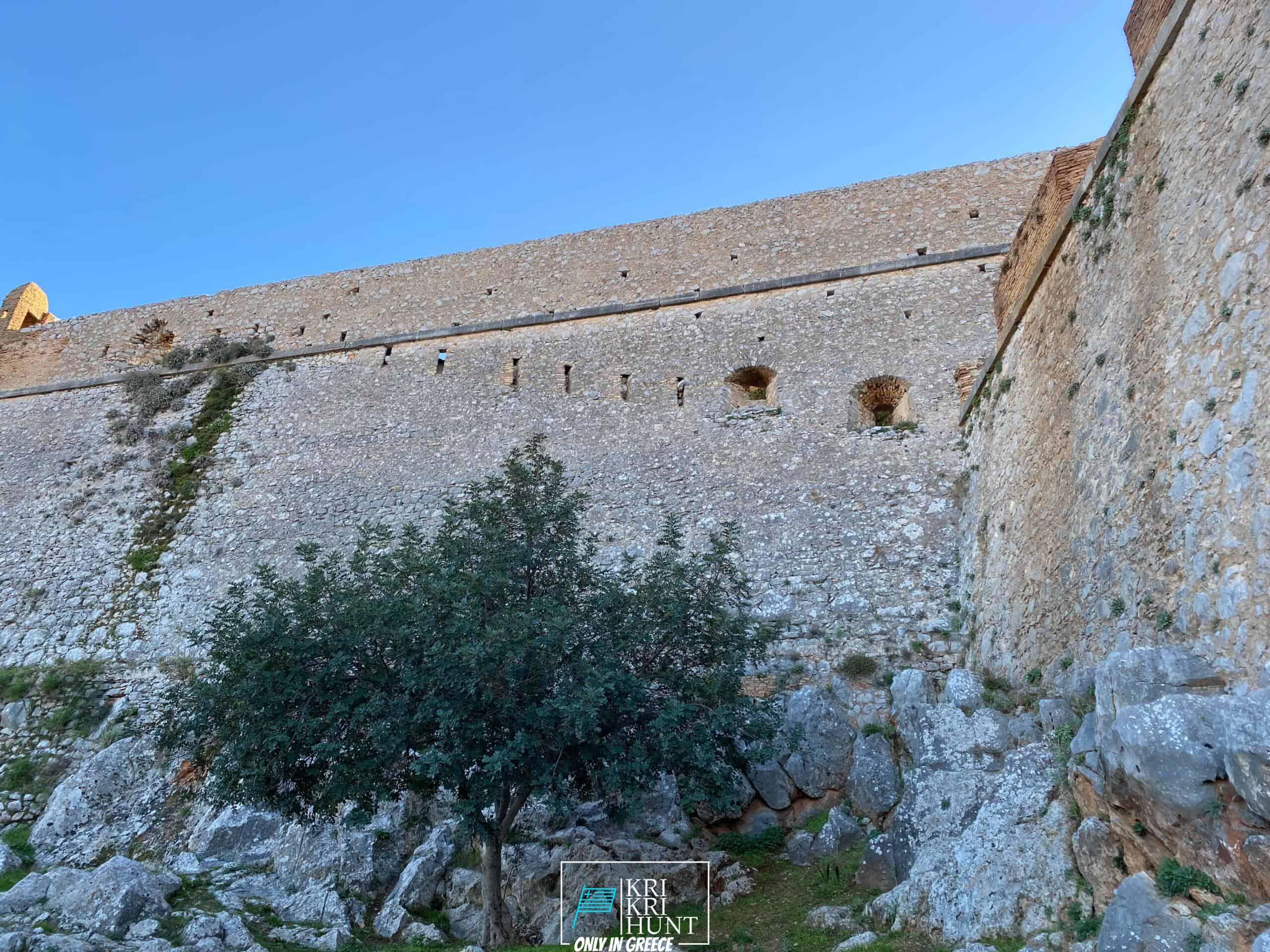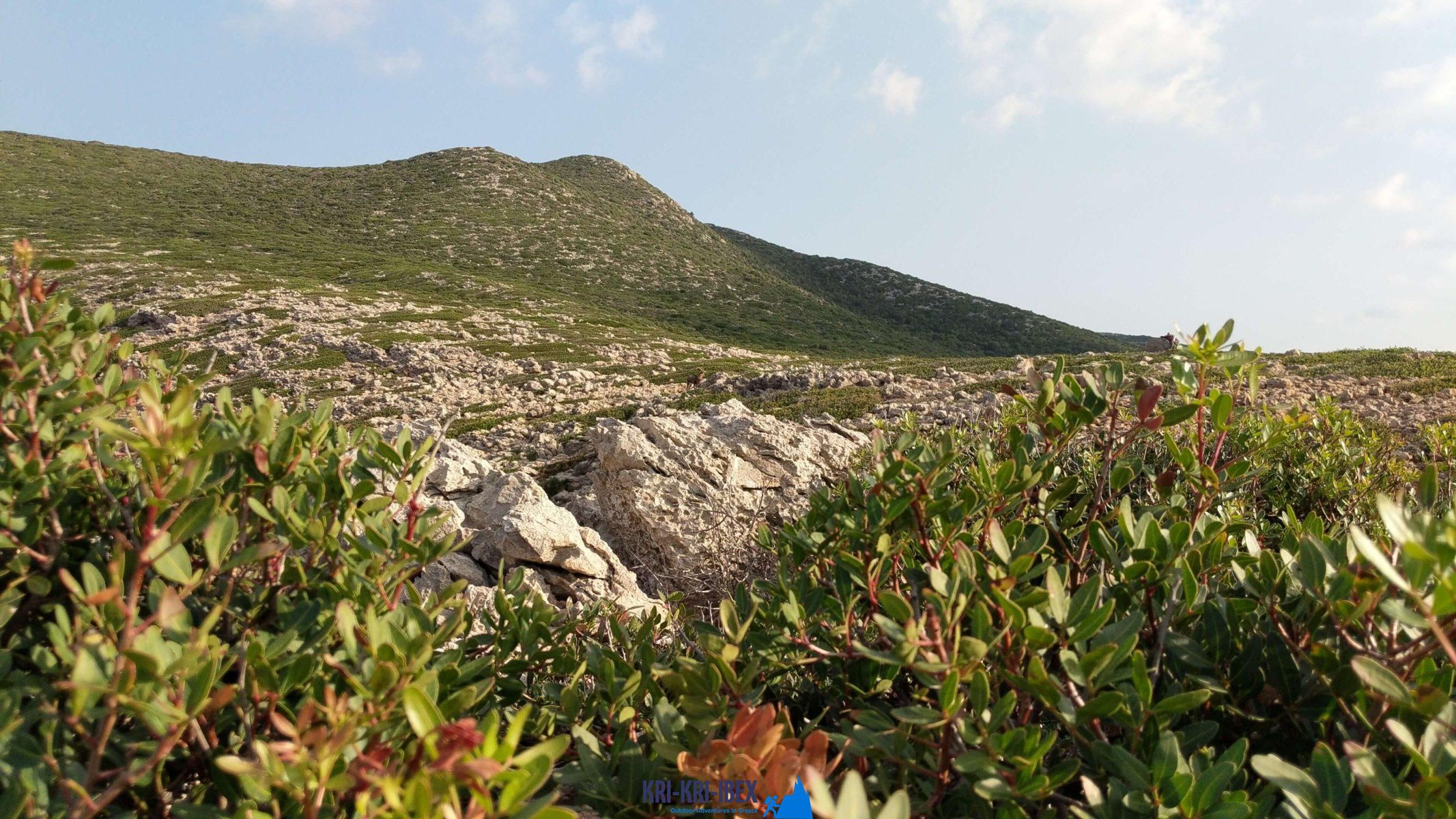Why The Peloponnese Is The 'Real' Greece
Why The Peloponnese Is The 'Real' Greece
Blog Article

The Peloponnese peninsula on the Greek Mainland is typically referred to as the 'genuine' Greece. Due to the fact that it has taken care of to remain reasonably unblemished by mass tourism as well as maintains a lot of its typical appeal, this is. If you're seeking an authentic Greek experience, then Peloponnese is the location for you. And what far better method to explore this beautiful region than on one of our exterior hunting, fishing, and also totally free diving scenic tours?

Due to the fact that the ibex population is ever-changing, the variety of tags changes as well. The Kri-Kri, regardless of being the smallest ibex in terms of body weight (Capra Aegagrus Cretica), has long. A few samplings that were not counted gauged 115 centimeters. The gold trophy is 61 centimeter (24 inches) in size. Searching of Kri-Kri ibexes, is currently allowed on Atalanti as well as Sapientza in Greece (Capra Aegagrus Cretica). Beginning on Atalanti in the last week of October as well as the initial week of December, ibex hunting is allowed. Hunting is enabled the entire month of November in Sapientza, as long as the climate is favorable.
To many people, The Peloponnese peninsula on the Greek Mainland is the 'genuine' Greece, where things have not transformed much in all over the centuries despite the fact that many individuals have uncovered it. This is a location where you can conveniently invest a month or even more yet if you are short on time then our hunting as well as exploring Peloponnese Tours from Methoni is a great solution. This covers a big quantity of ground to several of Europe's many phenomenal websites in simply 5 days. You truly won't think what you see! Whilst the Peloponnese is home to some of the most effective coastlines in Greece there are numerous points to see and also do that it is in fact a year-round destination. Whilst Summer is the perfect time to spend at the falls and beaches, Spring and Autumn are excellent for treking as well as discovering Ancient Ruins, Caves and Archeological websites. Also winter season is enticing as much of the towns and villages receive some snow, specifically in the hills, and also the stone style as well as wineries provide themselves to cosy minutes by an open fire. The covered dishes and also standard winter months food is passionate and delicious. Despite what time of year you pick you will discover the groups extremely workable and also in several areas, non-existent.
Experience 'Real' Greece with Our Peloponnese Tours. If you're searching for an authentic Greek experience, look no more than our Peloponnese excursions. From old ruins and also castles to tasty food as well as white wine, we'll show you every little thing that this remarkable region has to provide. What are you waiting for? Book your journey today! Your Kri Kri ibex searching in Greece is here!
What is the diference between Kri Kri ibex, Bezoar ibex and hybrid ibex
The kri-kri is not thought to be indigenous to Crete, most likely having been imported to the island during the time of the Minoan civilization. Nevertheless, it is found nowhere else and is therefore endemic to Crete. It was common throughout the Aegean but the peaks of the 8,000 ft (2,400 m) White Mountains of Western Crete are their last strongholds–particularly a series of almost vertical 3,000 ft (900 m) cliffs called ‘the Untrodden’—at the head of the Samaria Gorge. This mountain range, which hosts another 14 endemic animal species, is protected as a UNESCO Biosphere Reserve. In total, their range extends to the White Mountains, the Samaria National Forest and the islets of Dia, Thodorou, and Agii Pandes.
This Ibex is NOT a diminutive form of the Bezoar Ibex, which has migrated into the western-most reach of the range of this species. The kri – kri (Capra aegagrus cretica), sometimes called the Cretan goat, Agrimi, or Cretan Ibex, is a feral goat inhabiting the Eastern Mediterranean, previously considered a subspecies of wild goat. The kri-kri has a light brownish coat with a darker band around its neck. It has two horns that sweep back from the head. In the wild they are shy and avoid tourists, resting during the day. The animal can leap some distance or climb seemingly sheer cliffs.
“The agrimi goat Capra aegagrus cretica is unique to Crete and its offshore islands. It has been identi®ed as a sub-species of the wild bezoar goat Capra aegagrus aegagrus Erxleben, 1777, which it closely resembles in horn shape, body form and coloration. This classi®cation has been disputed by some researchers who claim that the agrimi are feral goats, derived from early domestic stock brought to the island by the ®rst Neolithic settlers. In order to clarify this issue, DNA analyses (cytochrome b and D loop sequences) were carried out on tissue of live and skeletonized agrimi and compared to sequences of wild and domestic caprines. Results conclusively show the agrimi to be a feral animal, that clades with domestic goats (Capra hircus) rather than with wild Asiatic bezoar. This study demonstrates that morphometric criteria do not necessarily re¯ect genetic af®nities, and that the taxonomic classi®cation of agrimi should be revised.”
Report this page